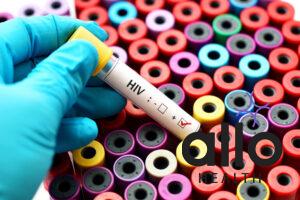HIV risk for Lesbians

First of all, we want to assure you that you’re not alone in seeking information and feeling concerned about your health. It’s completely normal to have questions and uncertainties.

It’s important to understand that HIV transmission is primarily linked to specific body fluids, such as blood, semen, vaginal fluids, rectal fluids, and breast milk. For HIV transmission to occur, one of these fluids from an infected person needs to enter the bloodstream of another person. The activity you described may have involved vaginal friction, but it does not pose a significant risk for HIV transmission.
How is HIV transmitted
HIV is not transmitted through skin-to-skin contact or through clitoral stimulation alone. It is essential to remember that the virus needs a direct pathway into your bloodstream, which was not likely in the situation you’ve mentioned. HIV transmission in lesbian relationships is extremely rare, especially if there were no open wounds or cuts during the activity.
Given the low-risk nature of the activity you described, it’s highly unlikely that you have contracted HIV from this encounter. Nonetheless, it’s natural to feel worried, but there’s no need to panic. Understanding the facts can help alleviate unnecessary stress.
To set your mind at ease completely, we recommend seeking guidance from a healthcare professional or an HIV specialist. They can provide you with personalised advice, clarify any doubts, and offer you appropriate testing options for peace of mind.

In the future, remember to communicate openly with your partner about your health concerns, and if you engage in activities that carry potential risks, consider using protection, such as dental dams or latex barriers, which can reduce the risk of transmission.
Always prioritise your health and well-being, and don’t hesitate to seek professional help whenever needed










